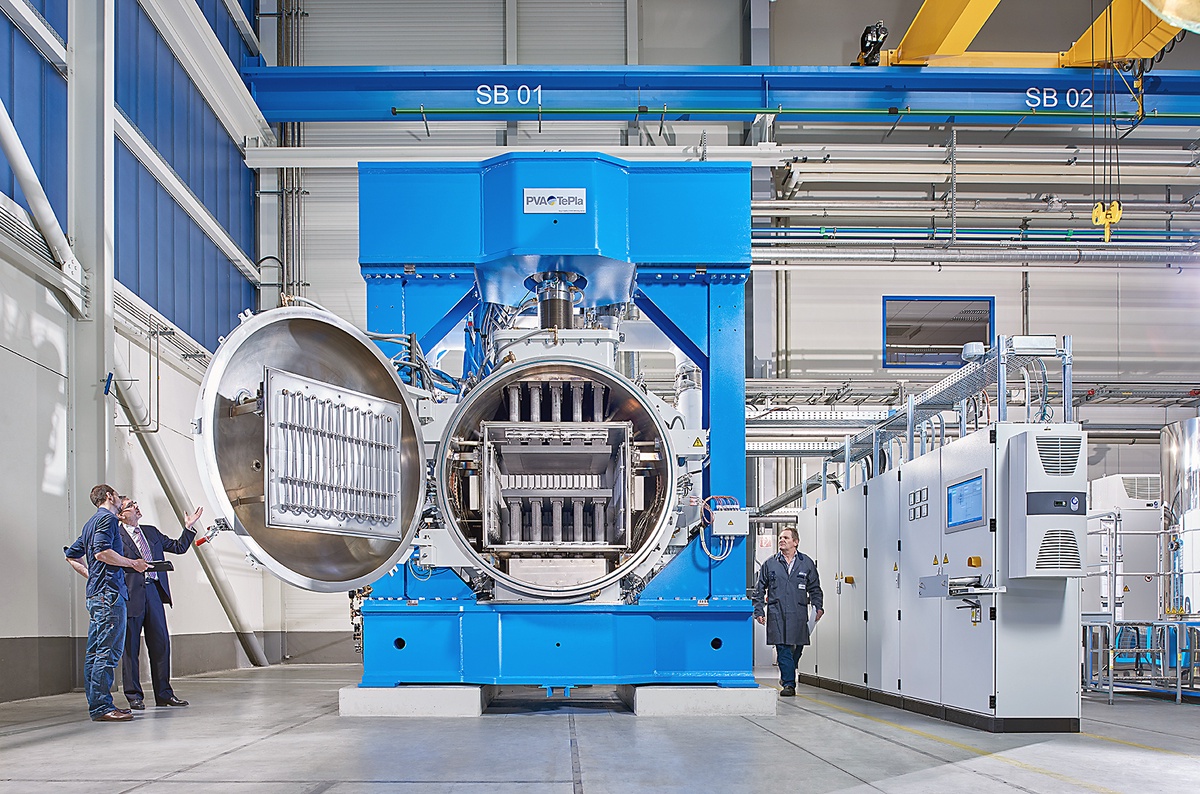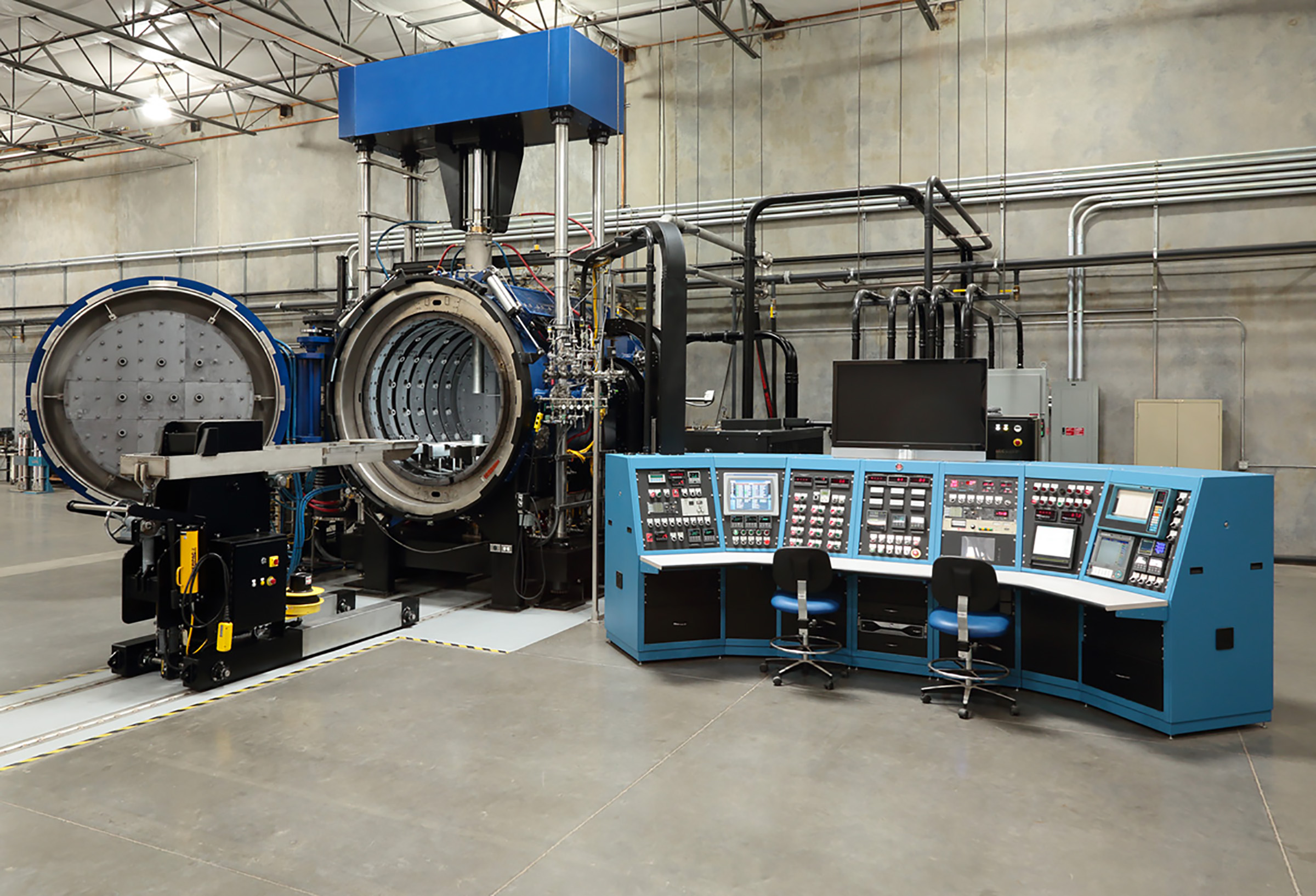In the realm of materials engineering, diffusion bonding stands out as a remarkable process, offering a unique way to join materials without the need for traditional methods like welding or soldering. This technique relies on the principles of atomic diffusion to create strong bonds between materials, making it an invaluable tool across various industries. Understanding the intricacies of diffusion bonding is essential for engineers and manufacturers aiming to harness its benefits effectively.
What is Diffusion Bonding?
Diffusion bonding, also known as diffusion welding, is a solid-state joining process used to bond similar or dissimilar materials without melting them. Unlike conventional welding methods that rely on fusion, diffusion bonding operates at lower temperatures, typically below the melting point of the materials involved. The process involves applying heat and pressure to the materials, facilitating the diffusion of atoms across the interface, resulting in a metallurgical bond.
The Mechanism Behind Diffusion Bonding:
At its core, diffusion bonding relies on the movement of atoms from one material to another across the bonding interface. When materials are brought into contact under high temperature and pressure, atomic diffusion occurs, allowing atoms to migrate across the interface and form bonds with atoms from the opposing material. This diffusion process is influenced by factors such as temperature, pressure, time, and surface cleanliness.
Key Benefits of Diffusion Bonding:
- Metallurgical Bond: Diffusion bonding creates bonds that are metallurgically sound, resulting in joints with properties akin to the base materials.
- Joining of Dissimilar Materials: Unlike conventional welding methods, diffusion bonding enables the joining of materials with vastly different properties, opening doors for innovative material combinations.
- Minimal Distortion and Residual Stresses: Since diffusion bonding occurs at lower temperatures compared to fusion welding, it minimizes distortion and residual stresses in the bonded materials, preserving their structural integrity.
- Precision and Consistency: Diffusion bonding offers precise control over the bonding parameters, allowing for consistent results and high-quality joints.
- No Filler Material Required: Unlike welding processes that often require filler materials, diffusion bonding does not rely on additional substances, simplifying the process and reducing material costs.
Applications of Diffusion Bonding:
Diffusion bonding finds widespread applications across various industries, including:
- Aerospace: Used for manufacturing complex components such as turbine blades and heat exchangers from dissimilar materials with high strength and temperature resistance.
- Automotive: Employed in the fabrication of engine components, exhaust systems, and lightweight structures to enhance performance and durability.
- Electronics: Utilized for bonding semiconductor materials in the production of electronic devices, ensuring precise alignment and minimal thermal damage.
- Medical: Applied in the assembly of medical implants and instruments, leveraging its ability to join biocompatible materials with high precision and reliability.
Considerations for Successful Diffusion Bonding:
- Surface Preparation: Proper surface cleaning and preparation are crucial to ensure intimate contact between the mating surfaces and facilitate atomic diffusion.
- Temperature and Pressure Control: Optimal bonding parameters, including temperature and pressure, must be carefully controlled to achieve desired bond strength and integrity.
- Interlayer Selection: In some cases, the use of interlayers such as metallic foils or coatings can enhance the bonding process by promoting atomic diffusion and preventing oxidation.
- Post-Bonding Treatments: Depending on the application, post-bonding treatments such as heat treatment or machining may be necessary to further refine the bonded structure and properties.
Conclusion: Diffusion bonding offers a versatile and effective means of joining materials, providing engineers and manufacturers with a valuable tool for fabricating complex components with superior mechanical properties and performance. By understanding the principles and considerations associated with diffusion bonding, practitioners can leverage this process to overcome manufacturing challenges and unlock new possibilities in materials design and production.



No comments yet